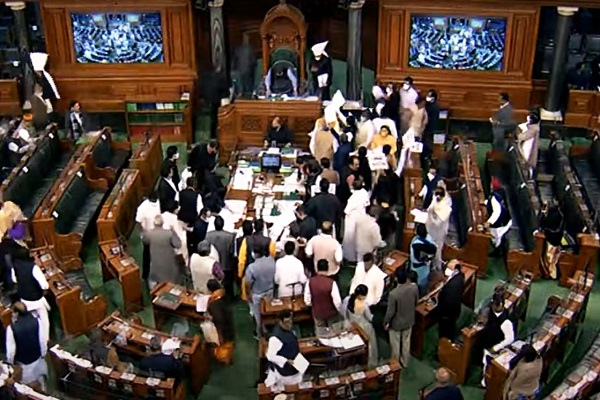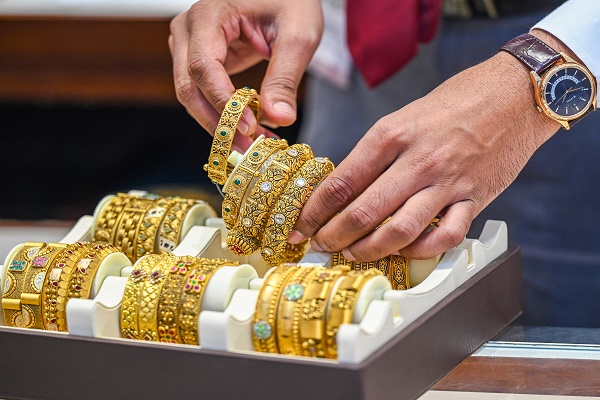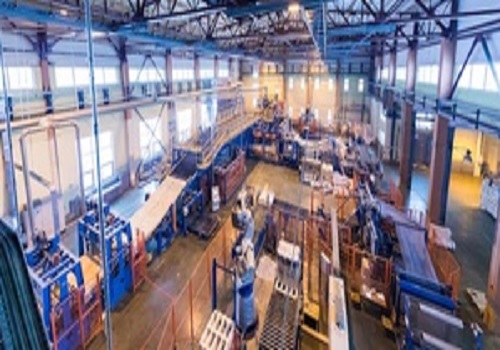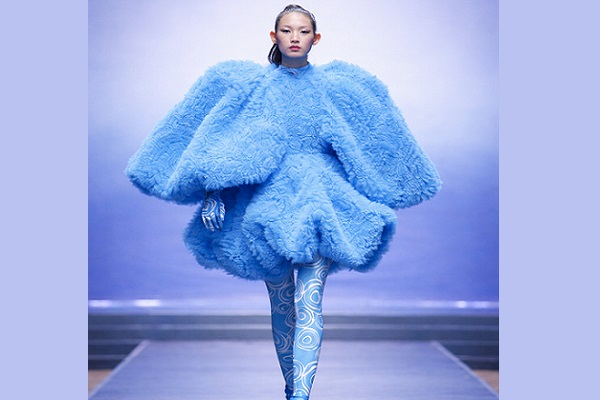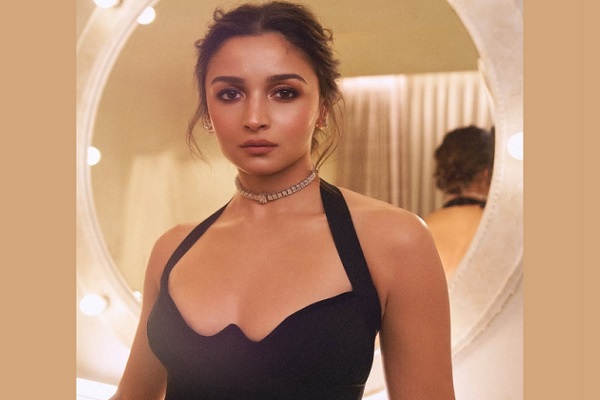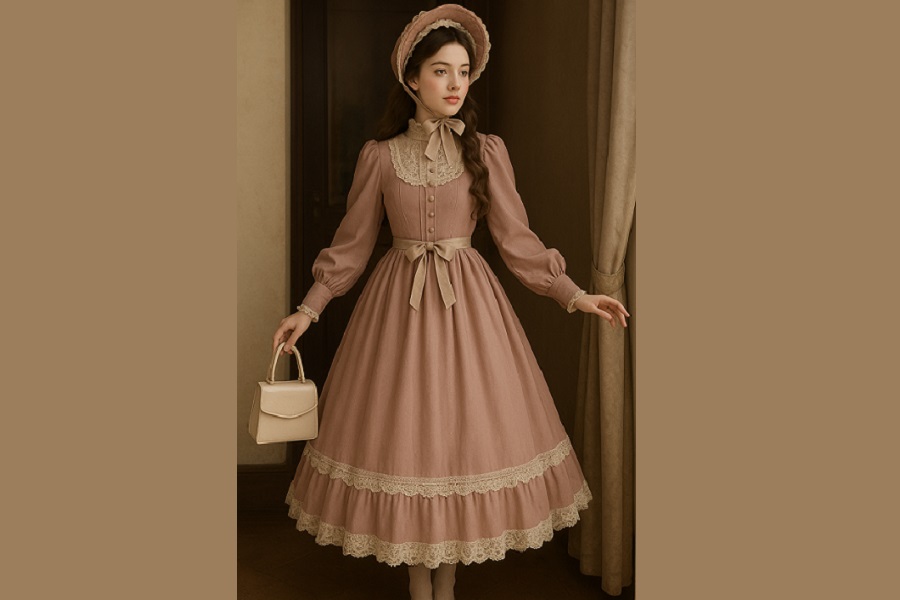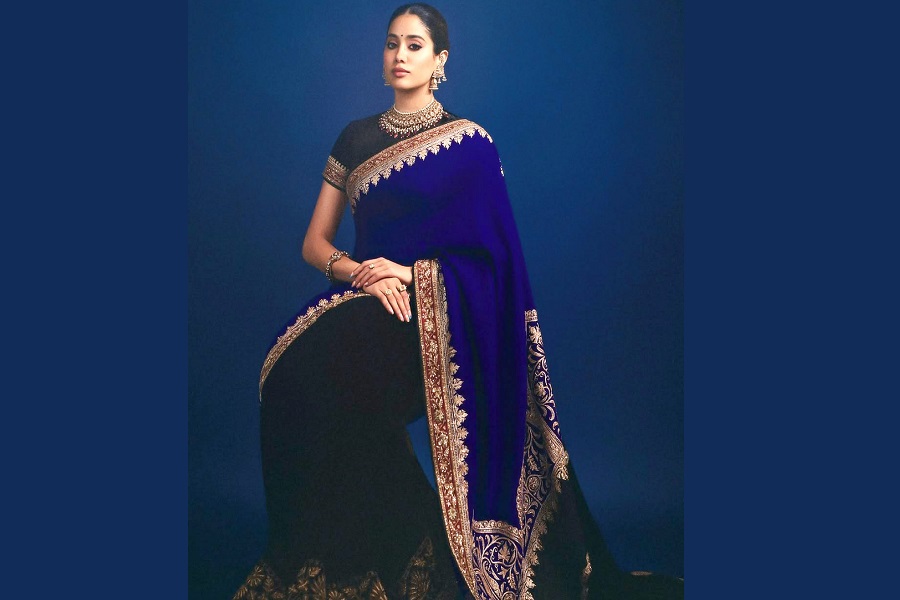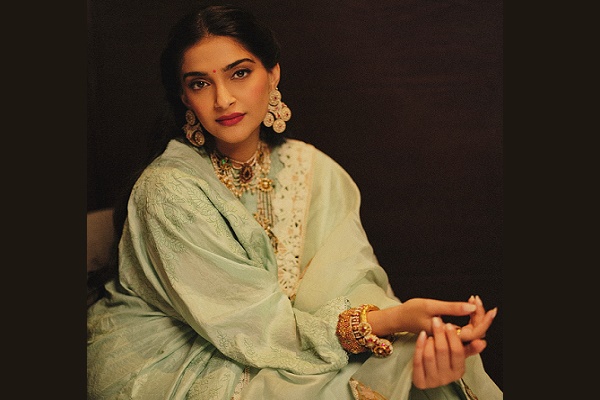Echoes of Elegance: How Historical Fashion Shapes Today`s Style
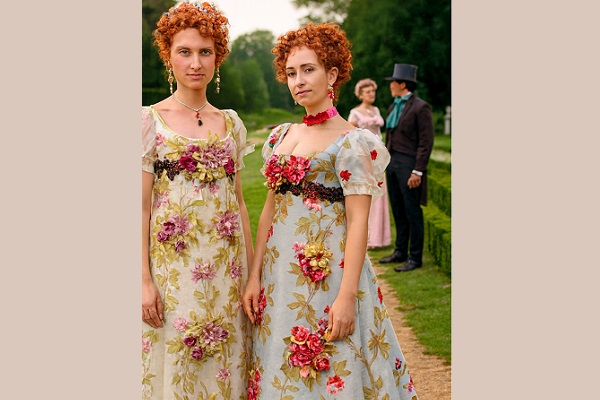
Fashion is a mirror of time. From the regal silhouettes of the Regency era to the dramatic flair of Victorian gowns, historical fashion continues to inspire designers, stylists, and storytellers across the globe. In an age of fast fashion and fleeting trends, the timeless beauty of period clothing offers a refreshing reminder: elegance never fades.
The Legacy of Craftsmanship
Before mass production, clothing was a labor of love. Every garment was tailored, embroidered, and assembled with care. The Regency era (early 1800s) favored simplicity and grace — empire waistlines, puffed sleeves, and soft muslin fabrics. Victorian fashion (mid-to-late 1800s) embraced grandeur: corsets, layered skirts, velvet, lace, and intricate beadwork.
These styles weren’t just about aesthetics — they reflected social values, class structures, and artistic movements. Today, designers revive these elements to infuse depth and storytelling into modern collections.
Pop Culture’s Period Revival
From Bridgerton to The Gilded Age, period dramas have reignited global interest in historical fashion. Audiences are captivated by the romance of floral gowns, pearl chokers, and tailored suits. Costume designers meticulously recreate these looks, blending authenticity with cinematic flair.
This influence spills into everyday fashion:
High-street brands offer empire-waist dresses and puff sleeves.
Bridal designers incorporate lace, corsetry, and vintage silhouettes.
Editorial shoots feature floral headpieces and garden settings reminiscent of 19th-century estates.
Sustainability Meets Style
Historical fashion aligns beautifully with the principles of slow fashion:
Longevity: Period garments were built to last, unlike today’s disposable trends.
Quality: Fabrics like silk, linen, and wool were chosen for durability and comfort.
Upcycling: Vintage pieces are being reimagined for modern wear, reducing waste and preserving heritage.
Consumers are increasingly drawn to timeless designs that transcend seasons — investing in pieces that carry emotional and aesthetic value.
Modern Interpretations
Designers aren’t simply replicating the past — they’re remixing it:
Gender-fluid silhouettes reinterpret corsets and frock coats.
Digital embroidery mimics hand-stitching with precision and speed.
Lightweight fabrics replace heavy brocades, making historical styles wearable in tropical climates like India.
Even accessories get a modern twist: chokers with QR codes, floral motifs in 3D printing, and top hats reimagined as bucket hats.
Fashion as Visual Storytelling
In editorial and social media spaces, historical fashion offers rich visual language. A single image — like two women in floral Regency gowns standing in a garden — evokes romance, nostalgia, and artistry. These visuals resonate deeply with audiences, especially when paired with minimalist backgrounds and natural lighting.
For Indian publishers and creators, this opens exciting possibilities:
Localized shoots in heritage sites or Mughal gardens
Fusion styling that blends Victorian silhouettes with Indian textiles
Bilingual storytelling that connects global fashion with regional narratives
Final Word
Fashion isn’t just about what we wear — it’s about what we remember. Historical styles remind us of craftsmanship, culture, and continuity. Whether it’s a corset-inspired blouse or a floral gown in a garden shoot, these echoes of elegance continue to shape the future of fashion.


